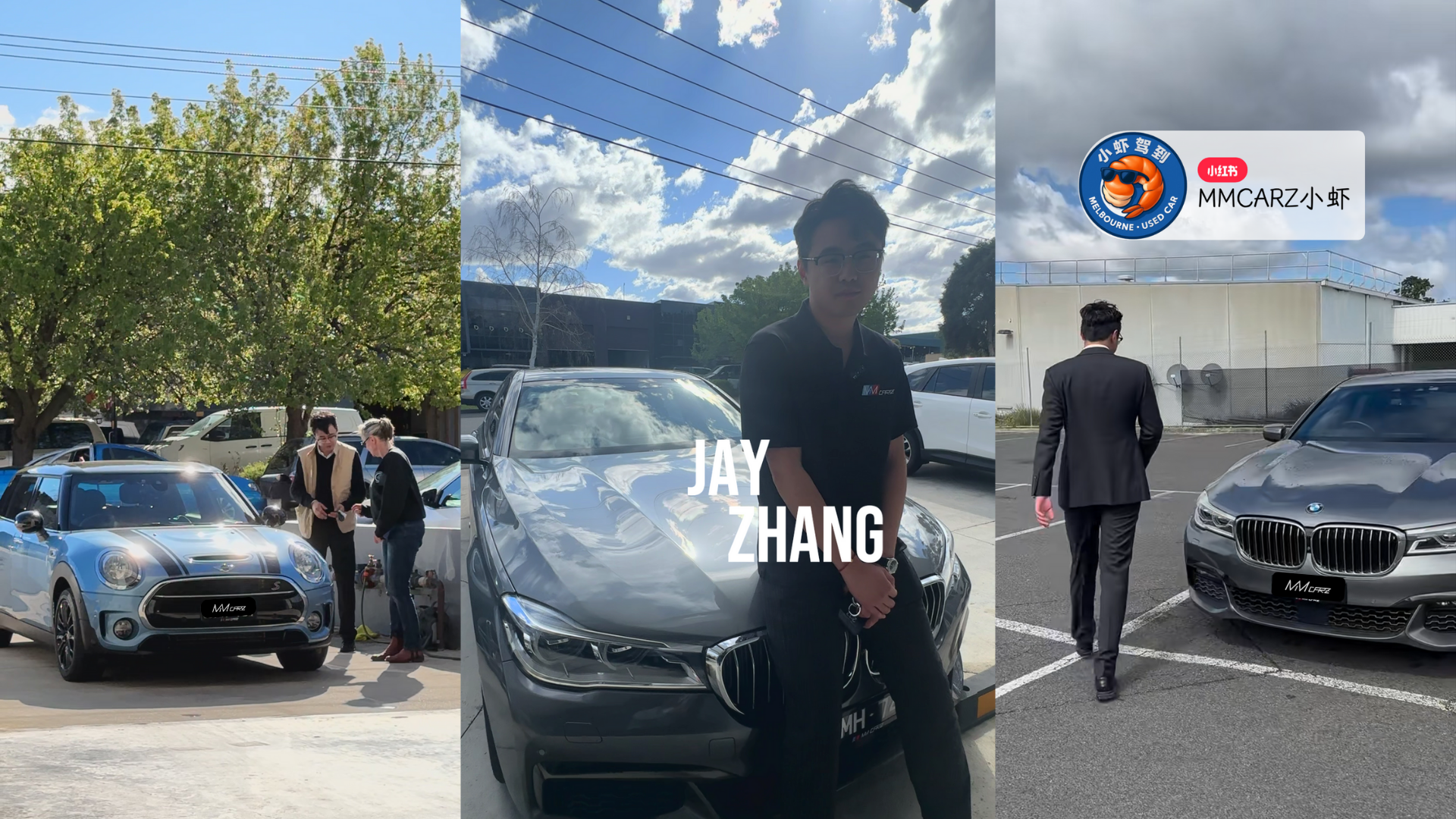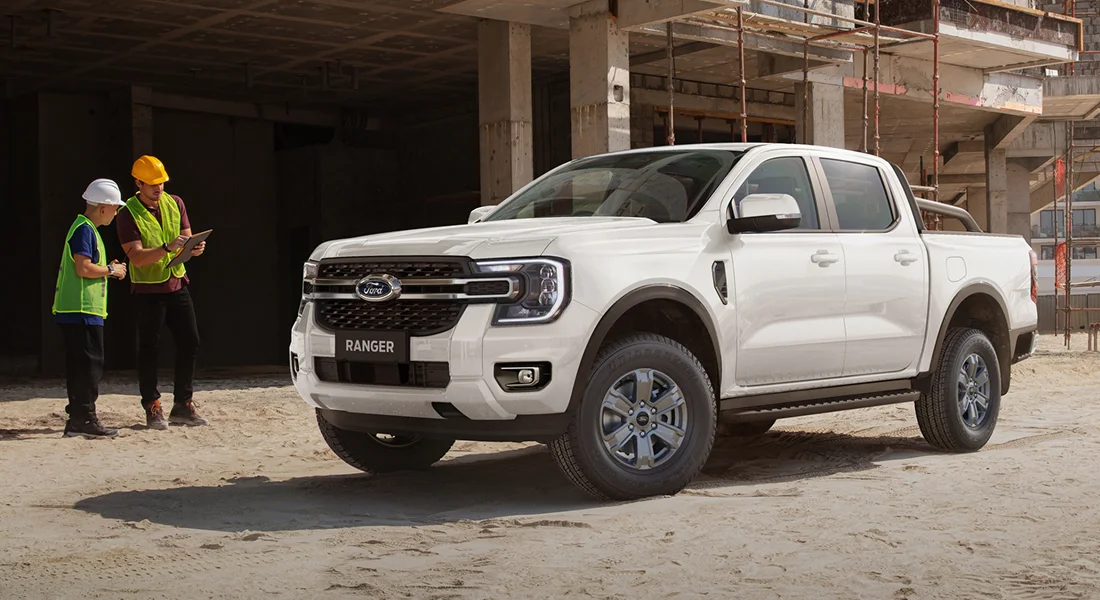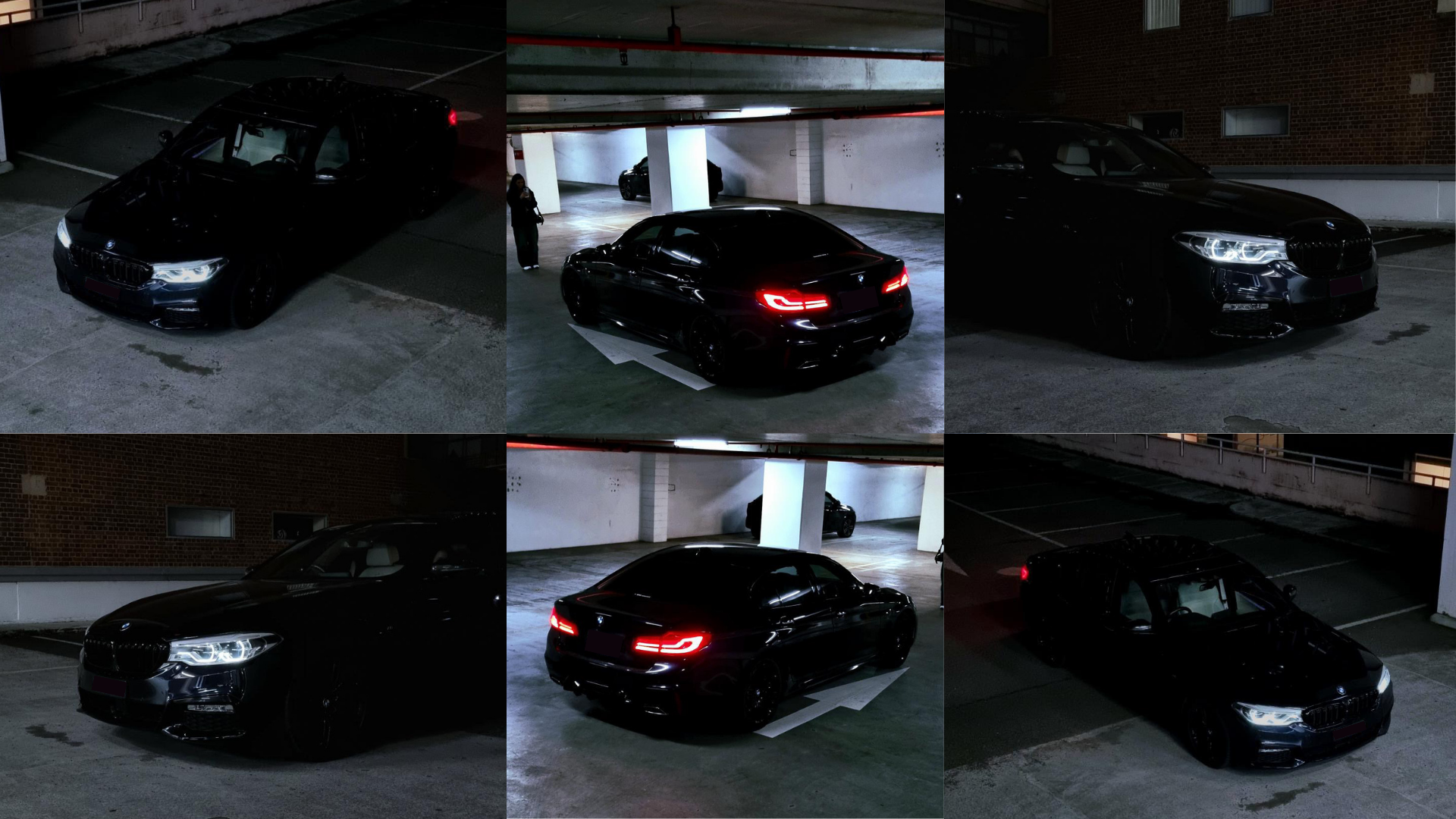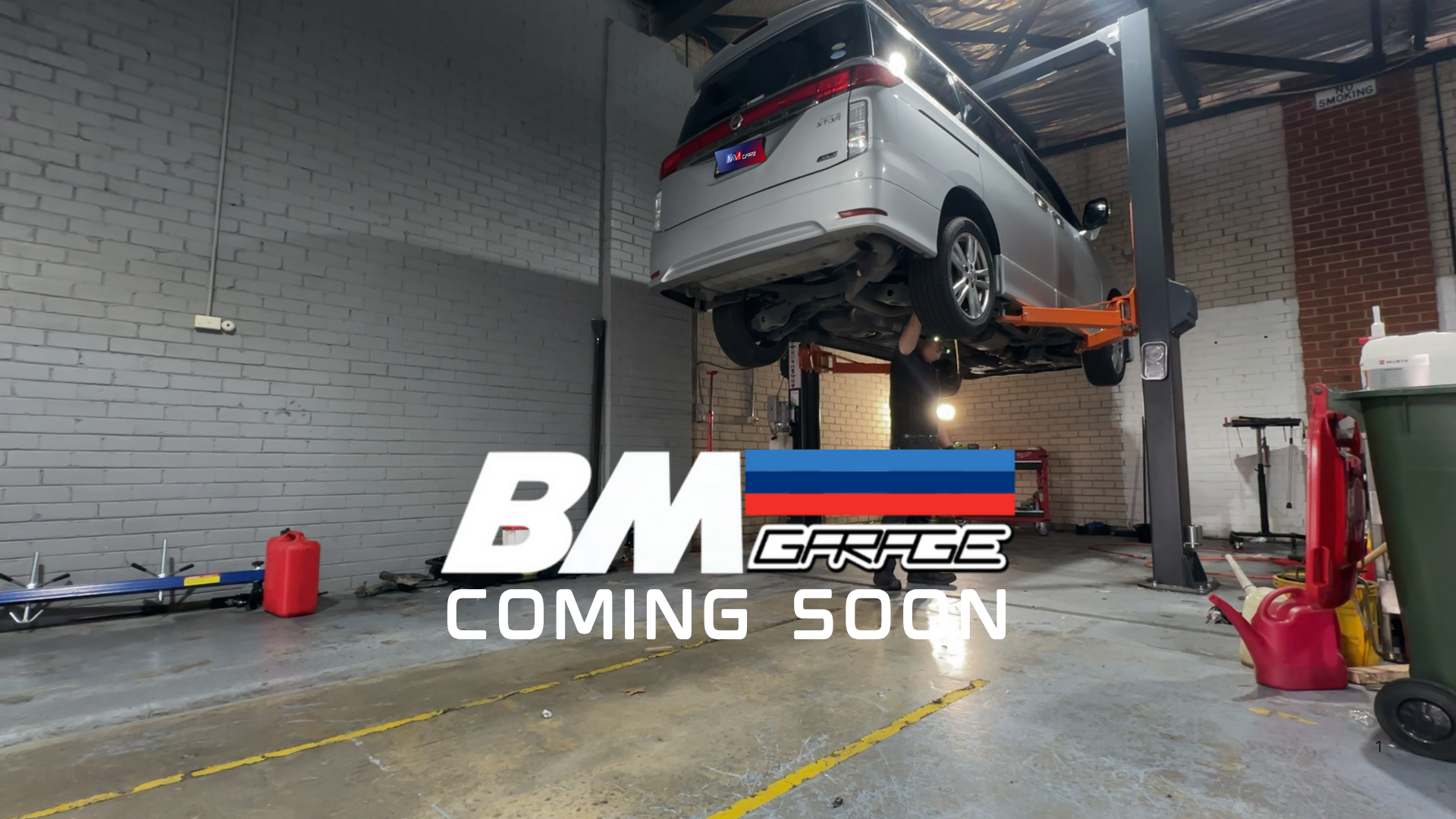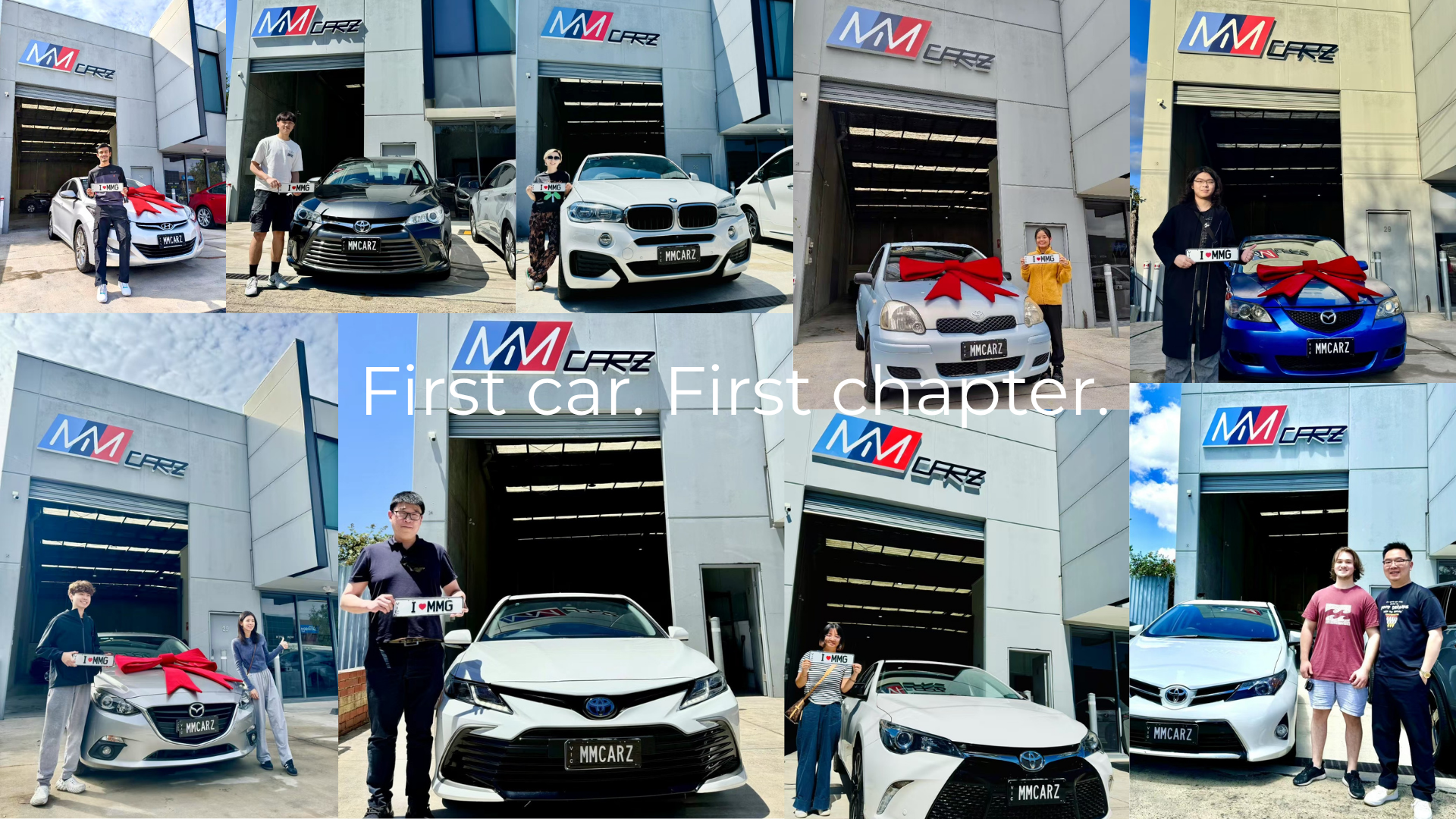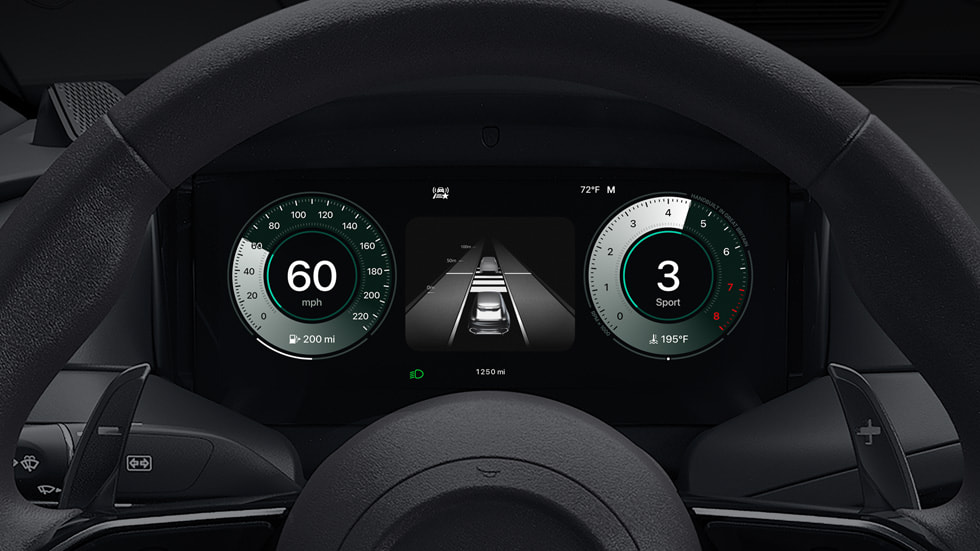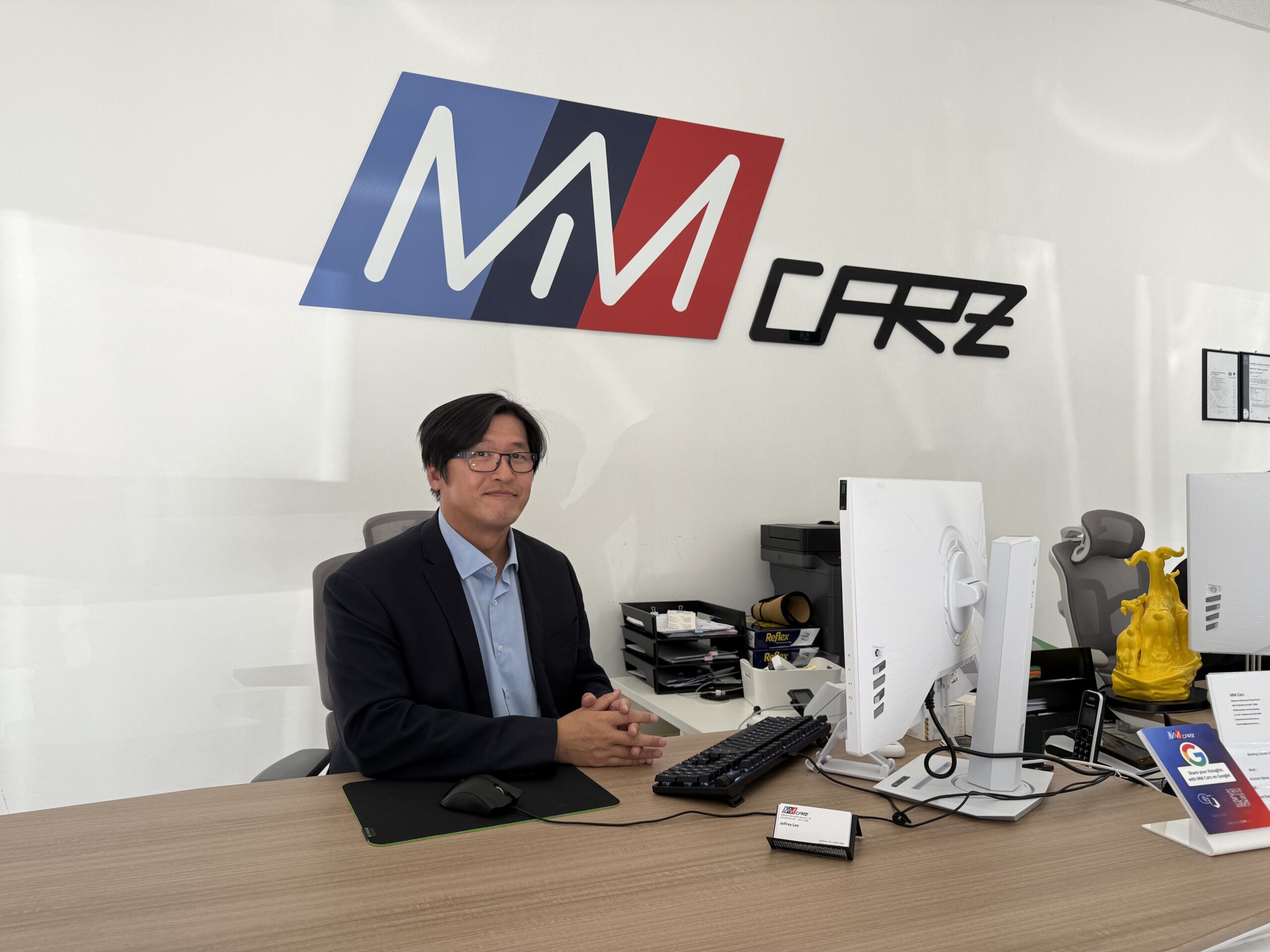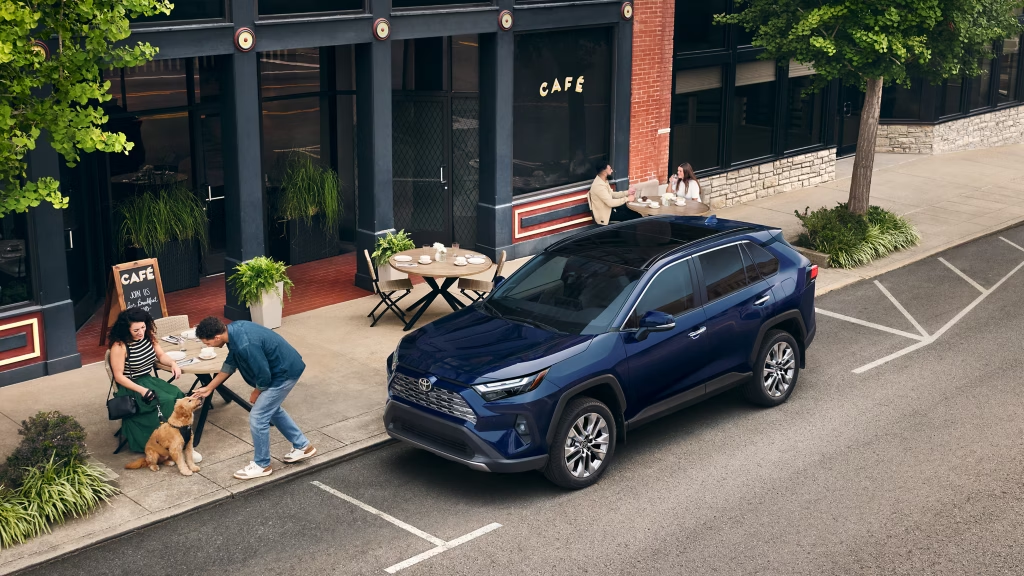
Luxury cars are known for higher-quality materials, powerful engines and advanced features. These attributes can mean a solid engine and longer life compared to economy models. Importantly, buying second-hand also bypasses the steep early depreciation of new models: new cars typically lose around 10–20% of their value in the first year. This makes a well-chosen pre-owned luxury vehicle an attractive value, but it also calls for careful checks. You’ll need to balance the appeal of premium features with vigilance on condition, service history and genuine mileage to ensure you’re getting a reliable car at a fair price.
Inspect the Vehicle’s History and Condition
A thorough inspection of a used car’s history and current state is vital. Start by reviewing documentation and any service records. Ideally, ask for a detailed logbook or receipts for major services and repairs. You can also run a vehicle history report (e.g. Carfax or similar services) to check for accidents, flood damage or title issues. During the visual inspection, look for uneven panel gaps, rust or mismatched paint on the exterior, which could suggest past collisions. Inside, check that leather seats, trim, controls and electronics are in good order. Tyre tread and brake pad wear should be even on both sides, and engine fluids (oil, coolant) should be clean and at proper levels.
Before finalising any deal, have a qualified mechanic perform a pre-purchase inspection. A reputable guide like NerdWallet stresses that a PPI is “a comprehensive evaluation done by a qualified mechanic to assess the condition of a used car before you buy it”. The mechanic will look under the bonnet, test all electronics, and take the car on a thorough test drive to spot leaks, noises or driveability issues. If a seller resists allowing an independent inspection, treat it as a red flag – “a refusal could mean they’re hiding issues”. Ultimately, a hands-on check helps you catch problems the history report alone won’t show, giving you better bargaining power or grounds to walk away.
Research Model Reliability and Reputation
Because even luxury models can have quirks, research specific models and years carefully. Look up reliability ratings from consumer and automotive sources. For instance, Consumer Reports and similar studies highlight that some luxury brands consistently rate highly on dependability. Buying guides note that vehicles like those from Lexus, Toyota and Mazda often top reliability rankings, but caution that “not every model year from every brand… is created equal”. In other words, don’t just rely on brand alone. Read forums and owner reviews for the exact model-year you’re considering, to spot common faults or recalls.
Keep in mind that reliability is usually buyers’ top priority in a used vehicle. In one Australian survey, buyers ranked reliability as “the most important factor, overall” when choosing a second hand car. As part of your research, also compare the maintenance history of similar vehicles and consider any scheduled major services coming up (for example, timing belt changes or transmission work on high-mileage engines). This data helps you anticipate upcoming costs or even decide whether to steer toward a different model.
Look for Certified Programs and Dealer Support
Buying through a reputable dealer or certified pre-owned (CPO) program can add peace of mind. Many luxury manufacturers offer CPO schemes where used vehicles undergo detailed multi-point inspections and come with extended factory warranties. These cars may cost a bit more than unapproved used models, but they often include benefits like 24-hour roadside assist and capped-price servicing. Consumer surveys confirm the appeal of certified used cars: owners of certified pre-owned vehicles report fewer problems than those who buy from other sources. In practical terms, that means fewer surprise repairs after purchase.
In dealer sales, you also get stronger consumer protections and sometimes better financing deals. A recent Queensland member survey found that dealer-sold used cars had a lower incidence of early breakdowns: only about 38.5% of cars bought from dealers required warranty or major repair, compared to 51.7% of private sales. When working with a dealer or franchise, always verify the fine print: ask what warranty is still active and whether any option to extend it exists. Compare this with private sellers, who might offer a lower price but no warranty. In either case, weigh the extra cost against the risk; sometimes paying a bit more upfront for certified peace of mind is worthwhile.
Dealer-bought luxury cars often come with support that private sales can’t match. Make sure you understand any return policies, lemon-law protections or service inclusions available. If buying from a private seller, insist on meeting at a service centre or having the car pre-approved in writing for any needed repairs. Keep records of all paperwork, and check vehicle identification numbers against local transport authority databases to rule out theft or illegal cloning. Doing this homework at the dealer or home both protects you and sharpens your negotiating position.
Evaluate Long-Term Ownership Costs
Don’t forget to budget for the ongoing costs of a luxury vehicle. Even though many high-end cars are well-built, their servicing and repairs tend to be expensive. As one guide notes, luxury cars use high-grade components that “usually last longer,” but “the cost of repair or replacement is often significantly higher when they finally do break down”. For example, replacing an air suspension unit, transmission component or advanced infotainment part can be much pricier than equivalent work on a mainstream car. Similarly, tyres for larger wheels and high-performance brakes cost more to replace. Insurance premiums and registration fees also track with the car’s value, so get a quote early in your search.
Fuel (petrol) economy is another consideration. Many luxury models have bigger engines or performance tuning, meaning they burn more fuel. As Spero Financials analysis explains, these cars often have “heavier frames and larger, more powerful engines,” so “you’ll need to fill up with premium [fuel] more often” than with an economy car.. It’s wise to factor in higher fuel and servicing bills over the life of the vehicle. On the upside, you likely avoid the steep 30–50% depreciation that strikes new cars in a few years, so your resale value should hold up relatively better. Taking all these into account, compare total cost of ownership for similar models (tools like manufacturer ownership calculators or car forums can help).
Final Negotiation and Purchase Checklist
With research done and inspections complete, you can confidently negotiate the price. Use any blemishes or service needs revealed to strengthen your offer. For example, if tyres or brakes need replacement soon, ask the seller to account for that in the price. Get multiple price quotes from similar listings or dealer offers to benchmark value. Always insist on a clear receipt or contract of sale detailing the final price, included extras, and any promised repairs or warranties.
Before signing, check that the odometer reading matches the service history and that the vehicle identification number (VIN) on all parts (dashboard, engine, chassis) is consistent. In Australia and many markets, a current roadworthy certificate or inspection sticker may be required—ensure it’s genuine and not expired. If anything feels too rushed or the seller is evasive, step back and reassess. It’s better to pause on a deal than face costly problems later.
Buying a quality pre-owned luxury car can be rewarding if done right. By inspecting condition and history, checking reliability data, considering certified programs, and accounting for running costs, you stand a better chance of a trouble-free ownership. Remember, thoroughness now can save headaches and extra cash down the road, helping you drive away in a luxury vehicle that truly feels worth the investment.


